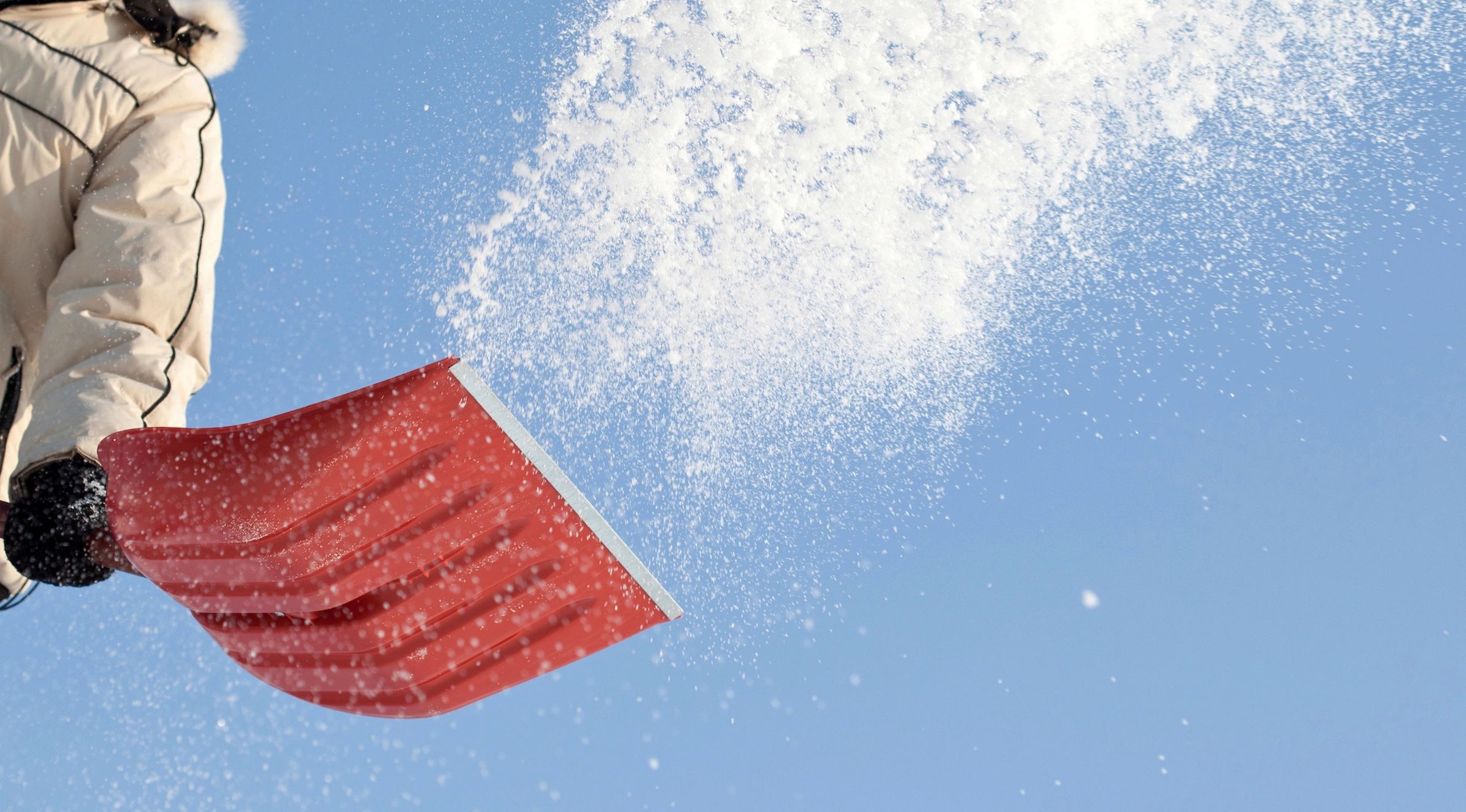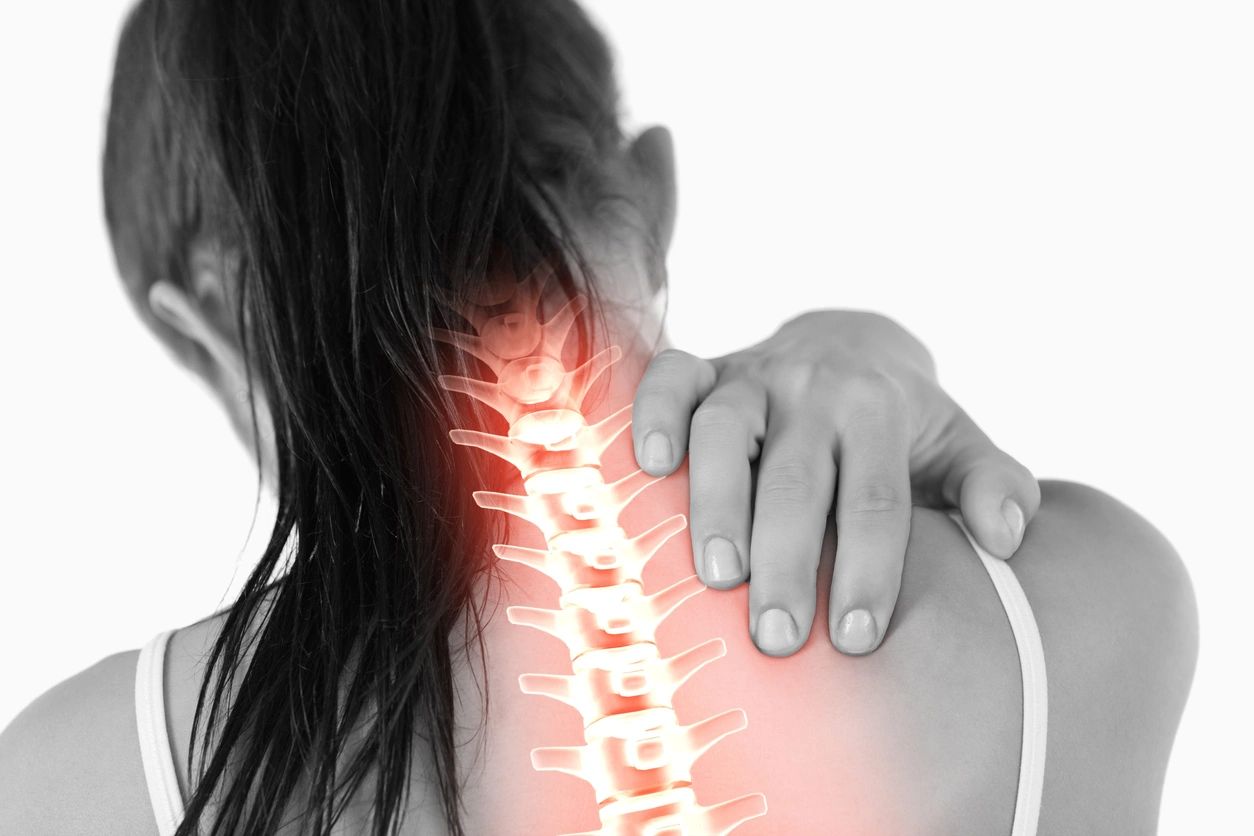
I’ve always loved snow. Watching it fall, seeing it glistening in the sun and watching small (and big ones at heart) and animals trot gleefully through the fluffy white stuff is such a joyful part of Canadian winters. But like every True North Girl, driving and shoveling the white stuff usually has me cursing like an oilfield worker.
And for good reason too. Snow shoveling is a strenuous activity; and when done incorrectly or without care can lead to serious injury. If we take a look at it, most of us will spend at least 30 to 45 minutes pushing, lifting and tossing shovelfuls of snow, weighing an average of 22 to 66 pounds per shovelful, into mounds up to 4 feet tall. We also push snow blowers around that weigh anywhere from 80 to 200 pounds. Its no wonder that we feel bod aches and pans after doing so much hard work. Here are 7 simple ways to help avoid major injury and pain.
1.) Warm up and Cool Down
Snow shoveling should be treated like any strenuous activity- just like the gym or an athletic sport. Warming up your body prepares your muscles, joints and circulatory system for what your about to do and is proven to help reduce the likelihood on injury. Large, dynamic movements, such as a brisk walk with large arm swings and shoulder circles done both before and after going outside can greatly decrease the chance of injury.
2.) Take Care
Shovel at your own pace and take breaks as needed. If you find you are out of breath or can’t maintain a conversation while shoveling, your exertion is too high. Staying hydrated is important as well – take water breaks as you feel thirsty.
3.) Use the right tool for the job
While a bigger shovel may look like it will do a better/faster job, it may not be the best fit for you or the job at hand. Use larger shovels for pushing and smaller shovels for lifting. Choose a shovel that allows you to maintain good posture and body mechanics. Make sure that your tools are in good working order so as not to cause you more hassle than necessary.
4.) Use proper body mechanics
By minding proper body mechanics, you minimize the strain and possible pain on your body. Use equipment that is ergonomic in design for you. Pick a handle length that allows you to keep your shovel close to your body while lifting – to prevent overextending – and allows you to maintain a more upright position while pushing. Remember to push and lift from your legs – not your back. Use a hip width stance while lifting to improve balance and avoid twisting when possible.

5.) Work Smarter – Not Harder!
Don’t wait until the snow fall is done to shovel it all at once. By shoveling while the snow is still falling, you can work quicker and handle less weight with each shovelful. You should also work in smaller sections, rather than tackling your whole drive way all at once. By working in smaller sections, you avoid a shovelful that starts out light at the back of your driveway but becomes very heavy by the time you reach the end. By working with lighter shovelfuls of snow, you avoid the back and shoulder strain.
6.) Prevent slips and falls
By wearing proper foot wear, using salt or ice melt and using sand and/or gravel, you can avoid slipping and falling, which can lead to major injury.
7.) After Care
A few things can be done to help avoid or ease soreness after snow shoveling. Hot Epsom salt baths can help soothe achy muscles and joints, as well as topical muscle rubs such as Deep Blue or magnesium butter. But know the difference between muscle soreness and injury. Muscle Soreness or DOMS (Delayed Onset Muscle Soreness) generally sets in 12 to 24 hours after activity and can last up to 72 hours. If something hurts immediately or lasts more than 72 hours, should be seen by your medical professional, such as your family physician, chiropractor, physiotherapist, or massage therapist, as it is more likely to be a sprain or strain.
While snow shoveling is a normal, everyday chore for Canadian winters, it should be treated like any other strenuous activity – with care and consideration. While it is normal to feel some tenderness after exercise, by taking care of yourself and making massage therapy a part of your general maintenance and preventative care wellness plan, this tenderness does not need to lead to pain in your back.









Awesome post! Keep up the great work! 🙂